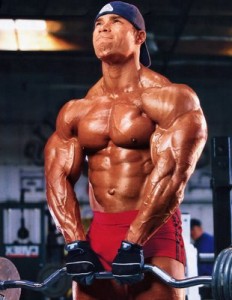I have written in the past about elbow problems associated with weight training. Topics included elbow pain with triceps training, preacher curl precautions, brachioradialis strains and general wear and tear. Another common problem is known as ulnar neuropathy.
The nerves from the neck form a bundle, or plexus, that travels down the arm and separates into individual nerves. One of them is called the ulnar nerve. It passes down the inner upper arm and continues behind the elbow in a very confined space known as the cubital tunnel. The nerve then travels down the inner forearm to the little finger and ring finger. If you hold your hand in front of you with the palm facing up, the ulnar nerve supplies sensation from the inner elbow down to the 4th and 5th fingers. Once the sensory portion of that nerve is inflamed, you can experience numbness or tingling in the area, known as the ulnar distribution.
Those symptoms are made worse by such ordinary activities as holding a phone to the ear, washing and drying your hair and brushing your teeth. What do these simple activities have in common? The elbow is bent in flexion, which means the nerve is both stretched across the back of the elbow and compressed as it is stretched. Other very common factors make ulnar neuropathy worse. When you sit in a chair at work or in your car, the armrest can press into the ulnar nerve on the inner side of your elbow. Leaning on your bent elbow on a desk while supporting your head can also compress that nerve. The part of the nerve that supplies muscle, know as the motor nerve, can be affected either with the sensory portion of the nerve or by itself while the sensory component of the nerve remains entirely intact. The muscles that the ulnar supplies are in the hand.
 So what does all of this have to do with arm training? Everything. Full-range-of-motion biceps and triceps training also stretches and compresses the ulnar nerve. The top of a dumbbell curl, preacher curl, spider curl, hammer curl, triceps pushdown and standing and lying triceps extensions all compress the ulnar nerve. Even bench presses aggravate a very inflamed ulnar nerve.
So what does all of this have to do with arm training? Everything. Full-range-of-motion biceps and triceps training also stretches and compresses the ulnar nerve. The top of a dumbbell curl, preacher curl, spider curl, hammer curl, triceps pushdown and standing and lying triceps extensions all compress the ulnar nerve. Even bench presses aggravate a very inflamed ulnar nerve.
Some trainees have the symptoms for a few weeks. Others have them for months or even years. If they sound familiar and haven’t been treated, you should have them evaluated by a sports chiropractor, orthopedic surgeon, neurologist or physiatrist. The problem is confirmed by measuring the velocity of the nerve in a test called, appropriately enough, a nerve conduction velocity. Inflamed nerves don’t fire faster but more slowly.
With or without diagnostic confirmation, if you have these symptoms, you must stop contributing to the problem. First reduce the range of motion of all arm training. You may be causing a delay of healing and not even know it. During the healing time, you can first try to curl halfway up and then back down to the starting point. That applies to all curls. The stretch and compression of the ulnar nerve will occur during the top half of the curl. The same applies to triceps pushdowns. From a finish position with your palms facing your thighs, allow your forearm to raise only up to parallel to the floor or very slightly higher, and then push back down to the finish position with your elbows fully straight.
If those modifications don’t work and you still have ulnar neuropathy symptoms, you’ll need to stop arm training for at least several weeks to enable the nerve to heal. When you resume training, use the modifications described above for a few weeks so you don’t aggravate the nerve again.
source:www.ironmanmagazine.com

